"Antlers are unique to cervids and found mostly on males: only caribou and reindeer have antlers on the females, and these are normally smaller than those of the males. Nevertheless, fertile does from other species of deer have the capacity to produce antlers on occasion, usually due to increased testosterone levels.[5]
Each antler grows from an attachment point on the skull called a pedicle. While an antler is growing, it is covered with highly vascular skin called velvet, which supplies oxygen and nutrients to the growing bone.[6] Antlers are considered one of the most exaggerated cases of male secondary sexual traits in the animal kingdom,[7] and grow faster than any other mammal bones.[8] Growth occurs at the tip, and is initially cartilage, which is mineralized to become bone. Once the antler has achieved its full size, the velvet is lost and the antler's bone dies. This dead bone structure is the mature antler. In most cases, the bone at the base is destroyed by osteoclasts and the antlers fall off at some point.[6] As a result of their fast growth rate, antlers are considered a handicap since there is an incredible nutritional demand on deer to re-grow antlers annually, and thus can be honest signals of metabolic efficiency and food gathering capability.[9]"
For more information visit the Wikipedia web site: http://en.wikipedia.org/wiki/Antler
Earlier this week I encountered these bucks. I will attempt to document their antler growth as the year progresses...
Thanks for visiting. Stop back soon.
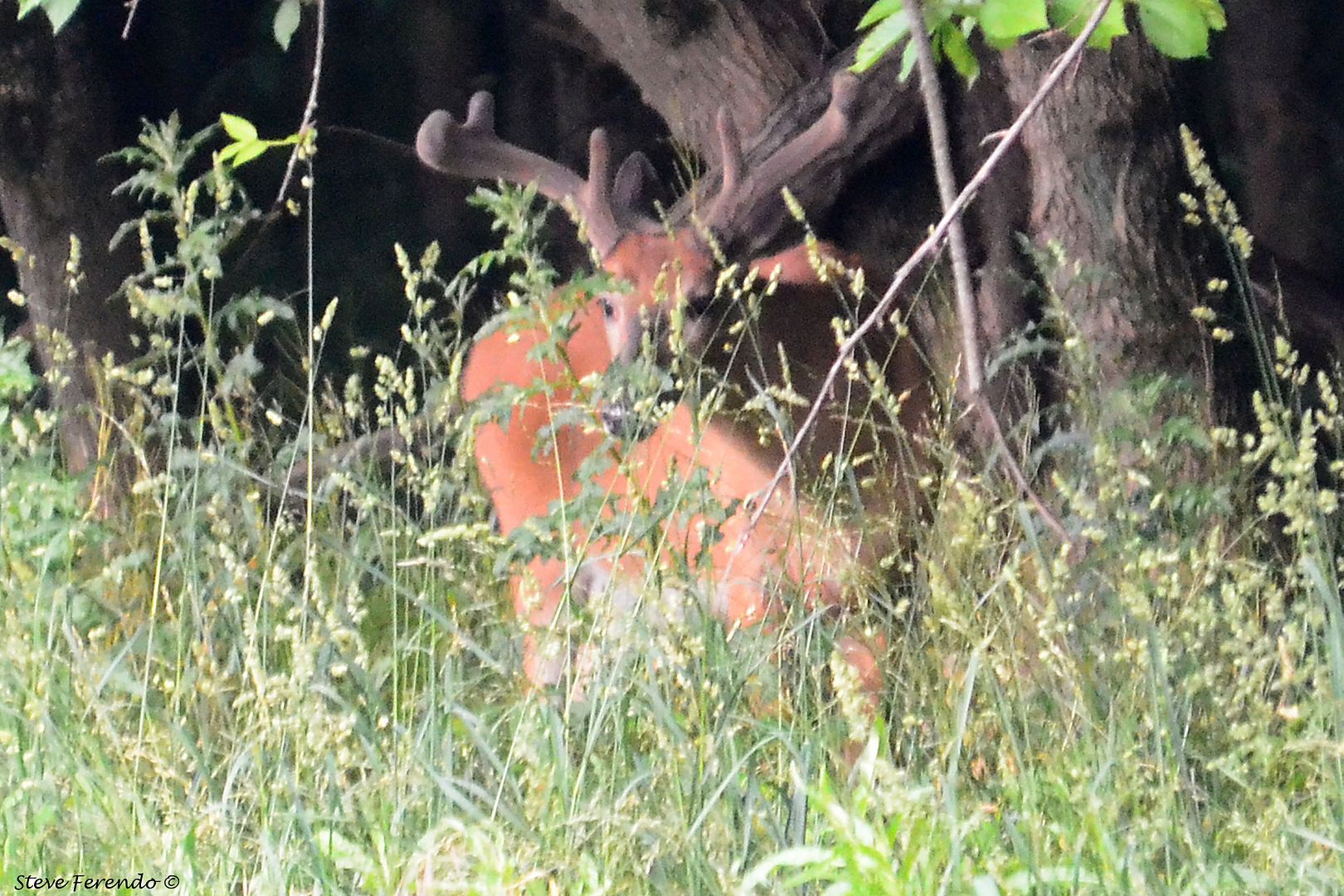
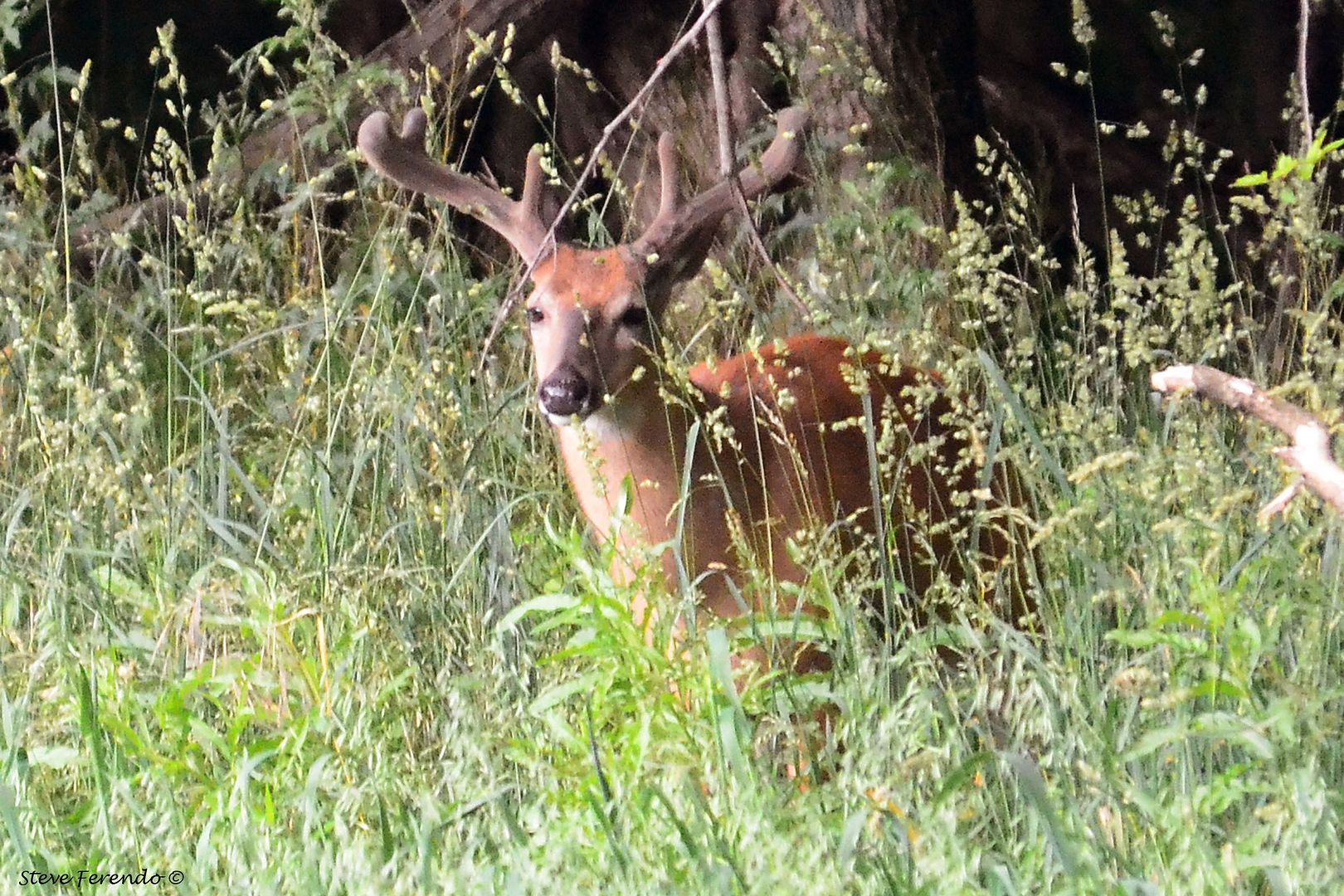

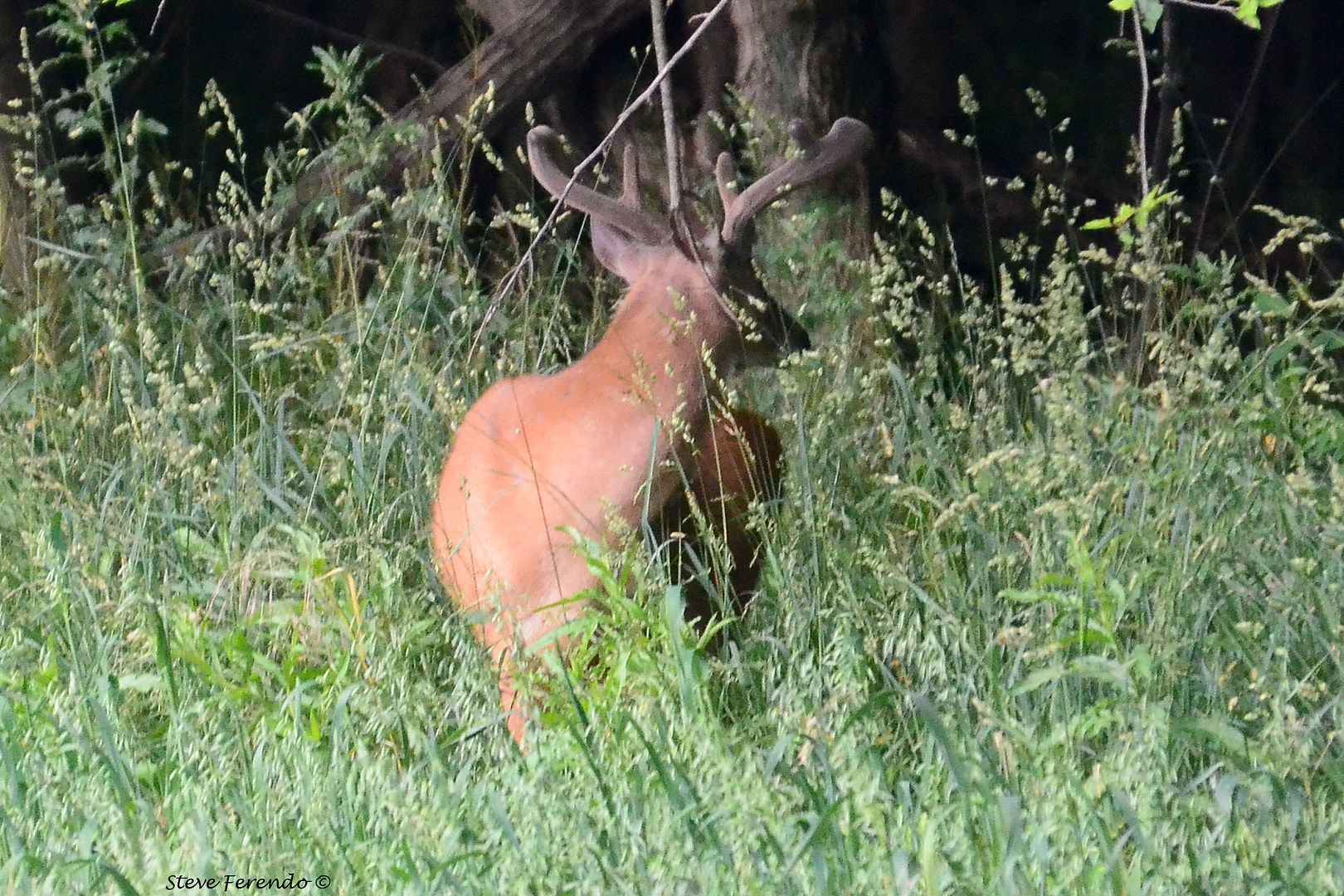
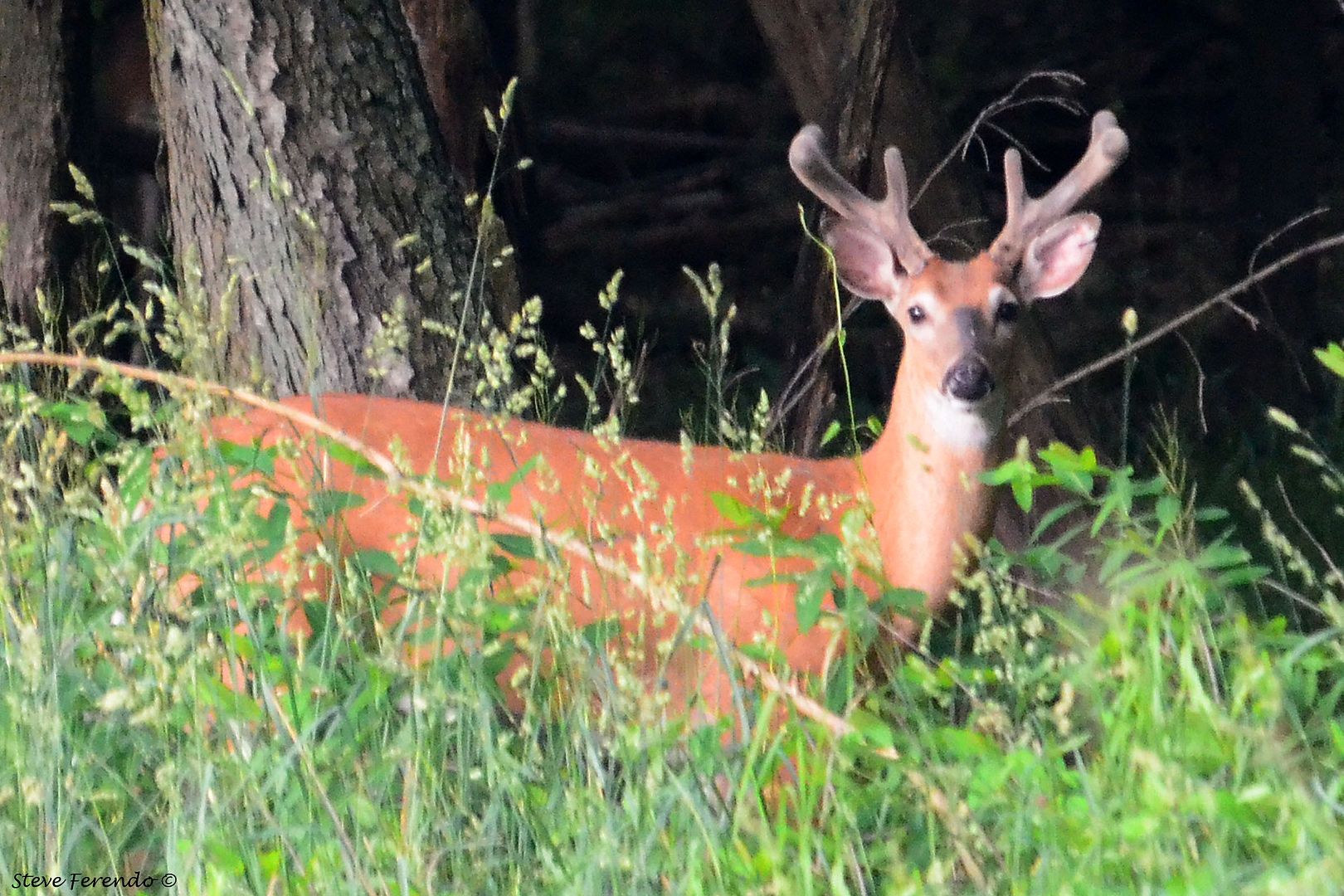
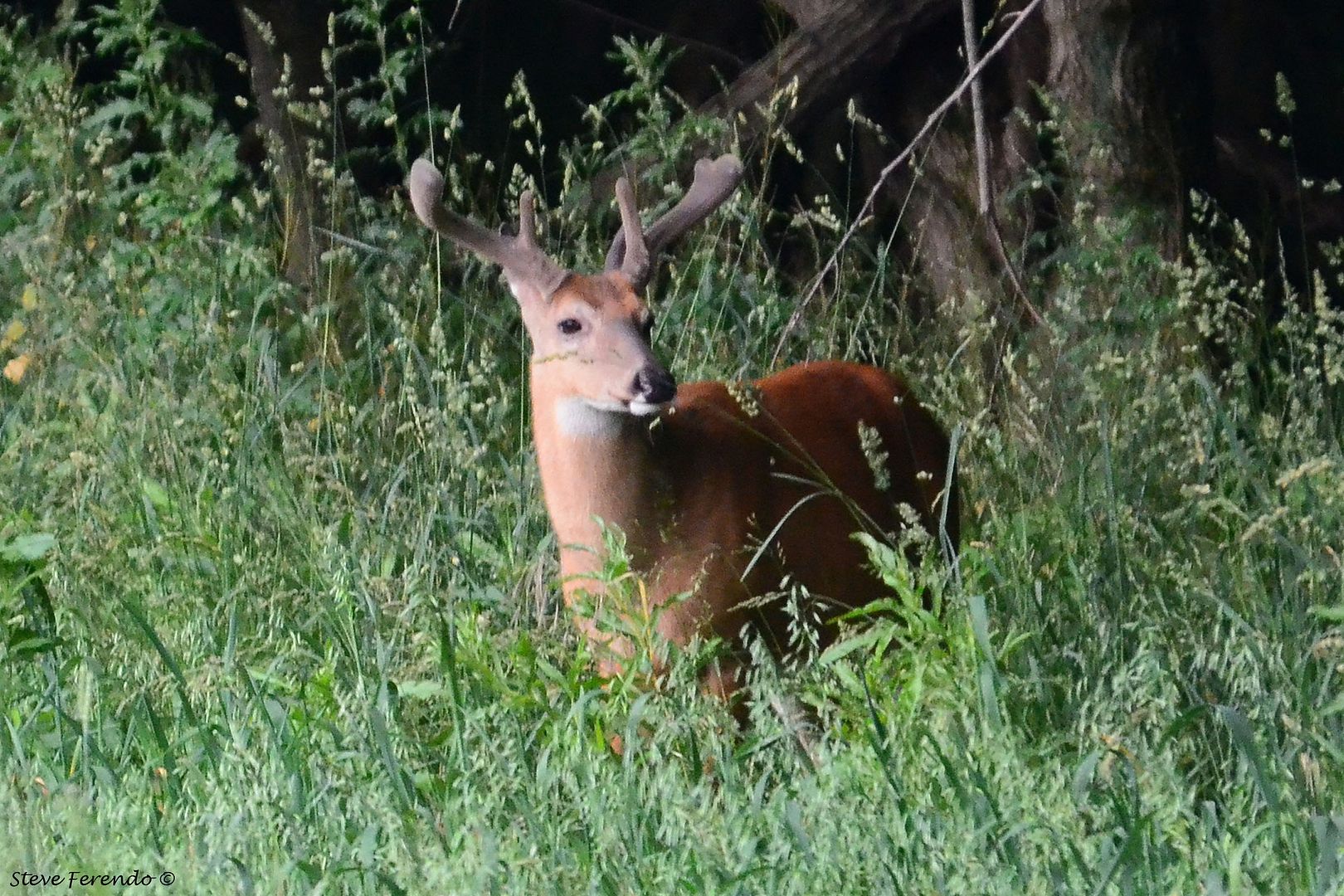

Nice deer, I documented this same idea a few years ago have a look here
ReplyDeletehttp://www.williamkramer.com/gallery2/v/Photography/Animals/Deer/deer1a.jpg.html